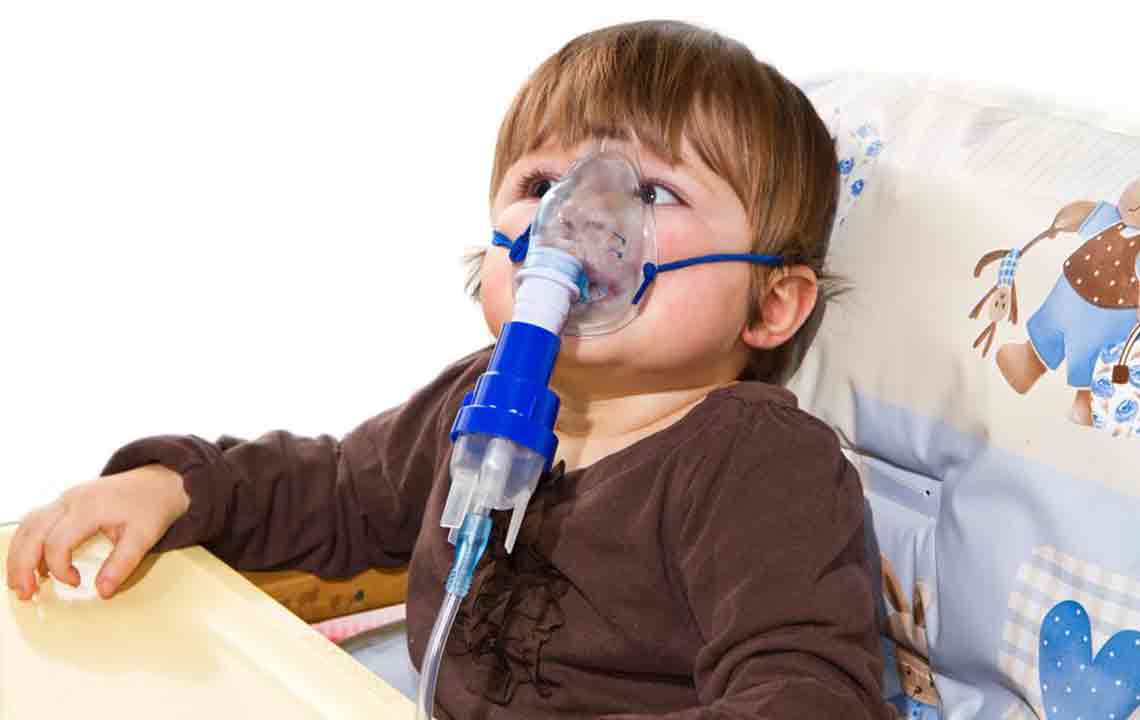Signs of Pneumonia – Identifying the Causes for Breathing Problems
Pneumonia is a common complication that may occur with anyone. It is a respiratory infection that can affect one or both the lungs. Symptoms of Pneumonia largely resemble the symptoms of flu thus, at times, people get confused between the two. However, both these conditions are completely different. Pneumonia can be a result of more than 30 different causes such as bacteria, viruses, fungi, and airborne irritants. There are several signs of pneumonia that vary according to its cause.
Pneumonia is a condition that causes inflammation your lung’s air sacs. A fluid, or pus, is filled in these alveoli that result in difficulty in breathing.

Causes and types
The various types of the pneumonia are categorized by the organism that causes the infection. the way the infection was acquired and its location.
The types of pneumonia acquired by germs are as follows.
- Bacterial pneumonia: Bacterial pneumonia is the most commonly diagnosed cause of pneumonia.
- Viral pneumonia
Most often, pneumonia is caused by respiratory viruses. Generally, older people are affected by this viral pneumonia. However, it is not serious and does not last long in comparison to bacterial pneumonia. - Mycoplasma pneumonia
These organisms are neither viruses nor bacteria, but they possess common traits of both. Older children and young adults are mostly affected by mycoplasma pneumonia.
The droppings from birds or the fungi from soil can be a cause of pneumonia. People who inhale these organisms in a large amount grow a fair chance of developing fungal pneumonia. Even though the ones acquired by germs is common, signs of pneumonia can be detected via location.
Types of pneumonia by location
- Hospital-acquired pneumonia (HAP)
In some cases, it is noticed that people acquire bacterial pneumonia during their stay in hospitals. There are chances that this type of pneumonia can be more serious as the bacteria involved might be resistant to antibiotics. - Community-acquired pneumonia (CAP)
This type of pneumonia is acquired outside any medical or institutional establishment. - Apart from the location, signs of pneumonia can also be identified through their medium.
- Types of pneumonia on the basis of the way they were acquired.
- Aspiration pneumonia
When bacteria enters your lungs via your food, drinks, or saliva, this type of pneumonia is developed. If you have a swallowing problem or if you become sedated by the use of alcohol or medication, the chances of developing this type of pneumonia rises. - Ventilator-associated pneumonia (VAP)
People who need to use ventilator have chances of getting this type of pneumonia.
Thus, it is quite understandable that pneumonia can be developed due to a multitude of factors.The symptoms and signs of pneumonia widely depend on the causes of your pneumonia.
Signs of pneumonia
The symptoms and signs of pneumonia have a tendency to vary on the basis of the type of pneumonia developed in the person. The age and health can also result in the variance of their discovery.
The most common signs of pneumonia are as follows.
- Cough is the most common amongst the various signs of pneumonia. In some cases of pneumonia, you might cough up yellow or greenish mucus or even mucus with blood.
- Fever might accompany the cough. You might get a mild or high fever that varies on the type of pneumonia you have got.
- You might experience shivering and the need to pull up blankets even in summers.
- You might face shortening of breath while you climb up the stairs or doing similar activities.
- While you breathe deeply or when you cough, you might feel a stabbing or sharp pain in your chest.
- A headache can be a symptom, depending on the cause of pneumonia.
You might feel fatigued and low on energy. You might also feel a loss of appetite. - Older people might suffer an additional sign of pneumonia and that is confusion.
- If you are suffering from bacterial and viral fevers, then the temperature of your body is likely to rise as high as 105 degrees Fahrenheit. Profuse sweating and increased rate of pulse and breathing are caused by bacterial pneumonia. Due to the lack of oxygen in your blood, your lips and nails will turn bluish.
The preliminary signs of viral pneumonia are similar to those of influenza. They are dry cough, fever, headache, sore throat, weakness, and muscle pain. However, within 12 to 36 hours, the symptoms will worsen. The shortness of breath would be very much evident and the cough would appear along with mucus. High fever and blueness of lips might also be evident.
Treatment for pneumonia
Once you are diagnosed with pneumonia based on various blood, urine, and other tests, the doctors start with your treatment. Most likely they will prescribe antibiotics, antifungal, and antiviral drugs depending on the type of pneumonia you are diagnosed with. In most cases, patients start responding within two days of medication.


